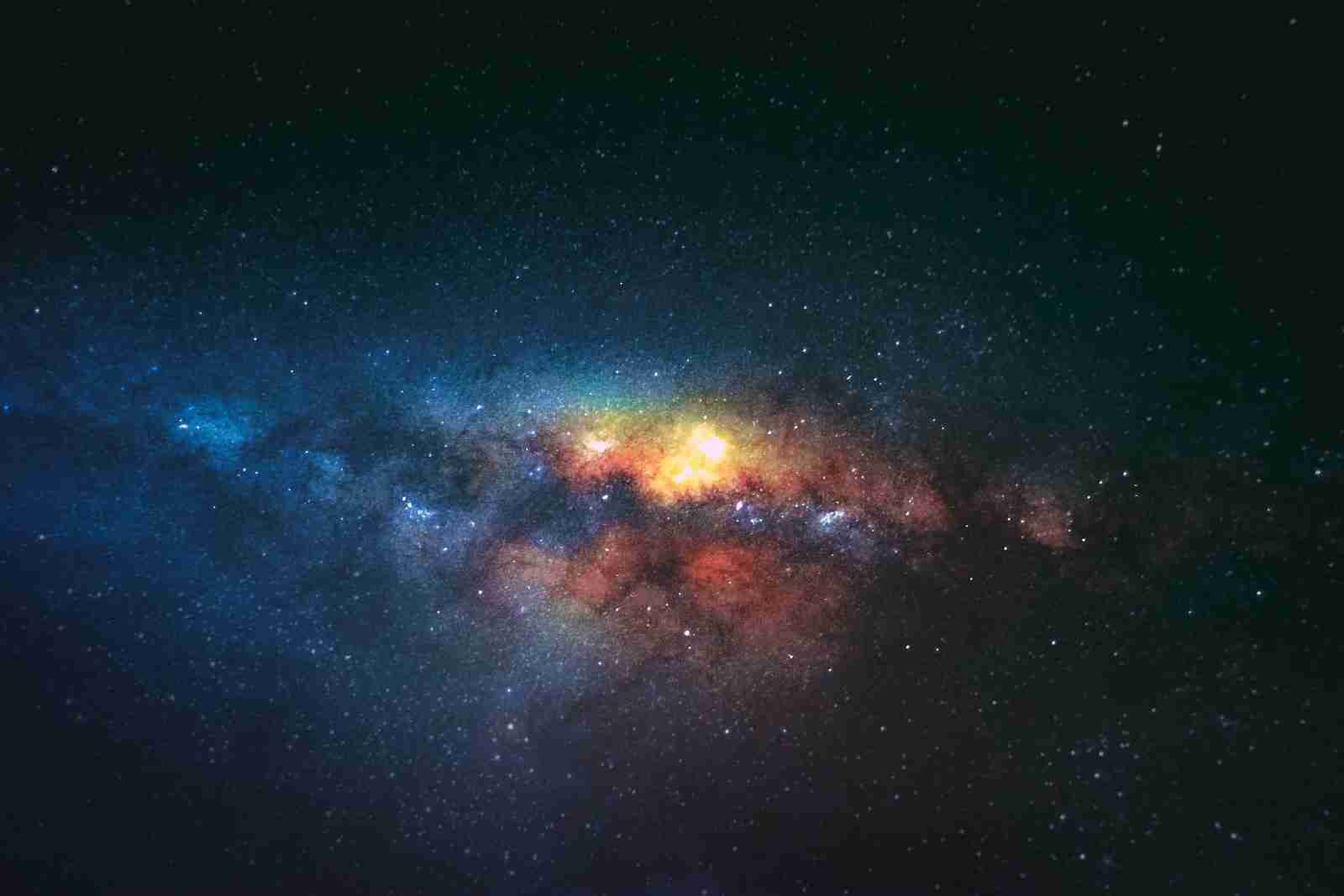24 Fun Facts About A Supernova: Exploding Stars and Cosmic Spectacles
1. The term Supernova was coined by astronomer Walter Baade in 1943.
Astronomers of today are well familiar with the term supernova and its meaning. However, this was not always the case.
In 1943, an astronomer named Walter Baade made a significant discovery that revolutionized scientific understanding concerning stars.
2. A Supernova is a Powerful Explosion that occurs when a Star Dies.
A supernova is an incredibly powerful event that can outshine most of the stars in an entire galaxy. It occurs when a star reaches the end of its life cycle and can be brighter than 100 million suns put together.
The expansion of these exploding stars reaches massive speeds, growing from a radius development of 2,000 kilometers to hundreds of thousands in just hours.
3. The Explosion of a Supernova can create and distribute heavy elements.
The power of a supernova is so vast that it can disperse elements much heavier than those present here on Earth. As these blasts out into the wider universe, they have the potential to change everything.
Gold and platinum, among the densest chemical elements known to man, are a few of the precious metals scientists evidence to be distributed through each interstellar eruption.
4. The Brightness of a Supernova can outshine an Entire Galaxy for a short period of time.
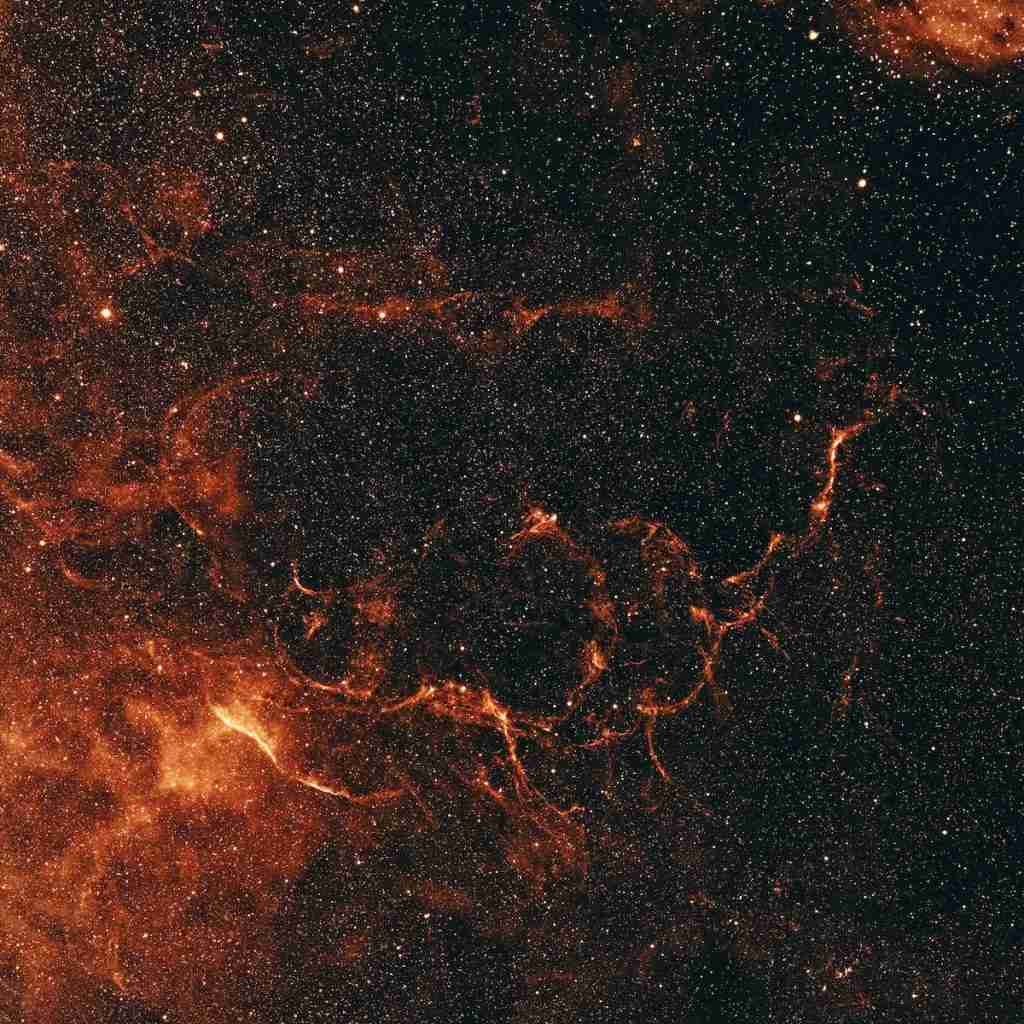
Every few million years, a star reaches the thrilling climax of its lifetime: Supernova.
An entire galaxy can be subject to an unforeseen wash of bright light and interstellar excitement through this explosive event.
For a short period of time, the immense power generated by this petrifying astronomical occurrence is known as a supernova.
5. The Most Famous Supernova in history is probably Supernova 1987A.
The events of Supernova 1987A have solidified its place in history, as it was the first supernova since 1604 that has been visible to the naked eye.
It occurred in the nearby Large Magellanic Cloud galaxy and sent a great display of cosmic radiation into outer space.
Many saw it as a symbol of celestial beauty, iconic for its power of illumination and radiance throughout galaxies far away.
6. The last supernova visible to the naked eye from Earth was Supernova 1604.
Supernova 1604, more commonly known as Kepler’s Supernova, made history when it first appeared in the night sky on October 9th, 1604.
This supernova was named after the astronomer Johannes Kepler, who studied the event and published a book about it. It was first observed on October 9, 1604, and is visible in the Ophiuchus constellation.
7. The latest observed supernova by astronomers is Supernova 2021a.
Astronomers have recently observed a powerful phenomenon in deep space.
Supernova 2021a was identified in January of 2021, and discovered within NGC 253, a galaxy approximately 11 million light-years away.
Supernova 2021a was a Type II supernova caused by the collapse of the core of a massive star.
8. Supernovas are classified into Type and Type II.
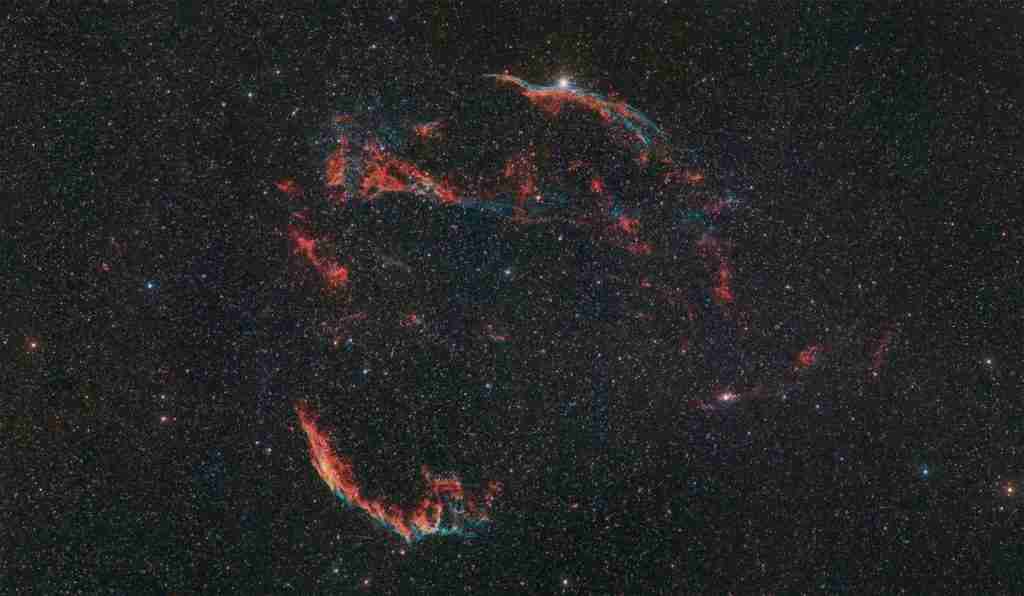
Type I supernovae, which occur when binary star systems reach their limits, and one of the stars dwindles down to a white dwarf before collapsing, offer some intriguing Fun Facts About A Supernova.
Type II supernovae strike single types of massive stars and take place directly at the core, leaving only a surreal outer shell behind before going dark.
9. A Supernova can outshine its host galaxy for weeks or even months.
The light produced by the explosion can become brighter than whole galaxies.
This extraordinary display of brightness often persists for weeks or even months, shining brightly in the night sky before slowly fading away.
For astronomers, these explosions provide us with vast insight into our Universe’s ever-changing systems, which is one of the fun facts about a supernova.
10. Supernovae are Extremely Rare, with only a few occurring each century in a typical galaxy.
Supernovae are unexpectedly rare events. It is estimated that a mere few of these exploding stars manifest each century in a typical galaxy.
This astronomically low probability makes even witnessing one quite an unlikely feat.
However, we can be comforted by the knowledge of their incredible power and their unique significance in the vastness of space unraveling before us.
11. The Explosion of a Supernova releases an enormous amount of energy.
A supernova explosion is one of nature’s most awe-inspiring events, releasing an amount of energy that is truly staggering.
Considering its size and power, this tremendous burst is the equivalent of what our closest star – the Sun – will have released throughout its lifetime.
In fact, it’s estimated that a single supernova embodies tremendous amounts of energy just short of 500 octillion joules.
12. The Remnants of a Supernova Explosion can take the form of a neutron star or a black hole.
Supernovas, the explosive deaths of massive stars, release vast amounts of matter and energy into the universe. The remnants of these stars can become dense neutron stars, packing immense mass into a small area or black holes, areas of extreme gravity where light cannot escape.
These phenomena are among the most powerful and exotic in nature.
13. A Supernova Explosion can create a shock wave that travels through space at millions of miles per hour.
A Supernova Explosion is one of nature’s most powerful phenomena. Its scale and magnitude are so huge that it can cause a shock wave to travel through space at unimaginable speeds, reaching up to millions of miles per hour.
This is an astonishing example of the power we can observe within the Universe, acts that dwarf even the most impressive feats of mankind.
14. The Explosion of a Supernova can create a dust cloud that can obscure the light from the stars behind it.
The massive undertaking of an exploding supernova can be so powerful that it generates a dense, thick dust cloud.
This oncoming nebula stretches far and wide, culminating in a vast wall, partially obfuscating starlight from behind it. Such astronomical events result in whole galaxies becoming cloaked in twilight.
15. The Brightness of a Supernova can be used to measure the distance to the host galaxy.
A supernova is a brilliant explosion that temporarily outshines a galaxy, serving as a beacon for measuring the distance and properties of its host galaxy.
Despite their rarity and unpredictability, occurring once every 50 to 100 years per galaxy, astronomers utilize these events to gain insights into galaxy characteristics.
16. The Study of Supernovae has helped astronomers understand the life cycle of stars.
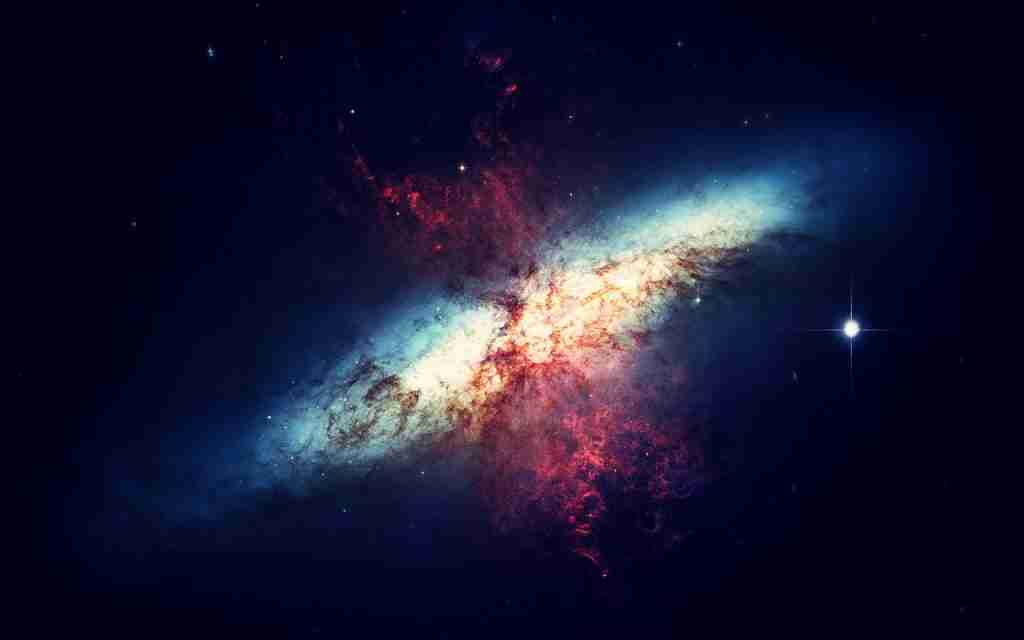
The Study of Supernovae has lifted the veil to uncover secrets of star behavior and the evolution of galaxies.
By examining the details of these massive astronomical objects, astronomers have made amazing new discoveries about star life cycles.
For example, we now understand that, like humans, stars also have stages in their lives: formation, maturing towards stability, dying off via supernova blasts, and eventually fading away as remnant materials.
17. Explosion of a Supernova can create a light echo.
The Explosion of a Supernova is an incredibly devastating and powerful force that can be seen from many lightyears away.
But scientists are finding that this explosion carries with it an interesting phenomenon: a ‘light echo.’ This occurs when the energy from the explosion interacts with dust and gas in the surrounding region.
18. Supernovas can produce Gamma Ray bursts.
Supernovae are one of the most powerful celestial events in our universe. During this cosmic explosion, heavier elements deemed essential for life are created, and ultraenergetic gamma rays are emitted.
This event is known as a gamma-ray burst due to the intensity of energy released being unequaled compared to other activities in our vast universe.
19. The Explosion of a Supernova can create a gravitational wave.
A supernova, a spectacular cosmic explosion, releases enormous energy that echoes across the universe, creating gravitational waves that ripple through space-time.
Moving at the speed of light, these waves transfer energy and carry crucial information from one deep space object to another, serving as faint yet significant signals in the cosmos.
20. The explosion of a supernova can create a cosmic ray.
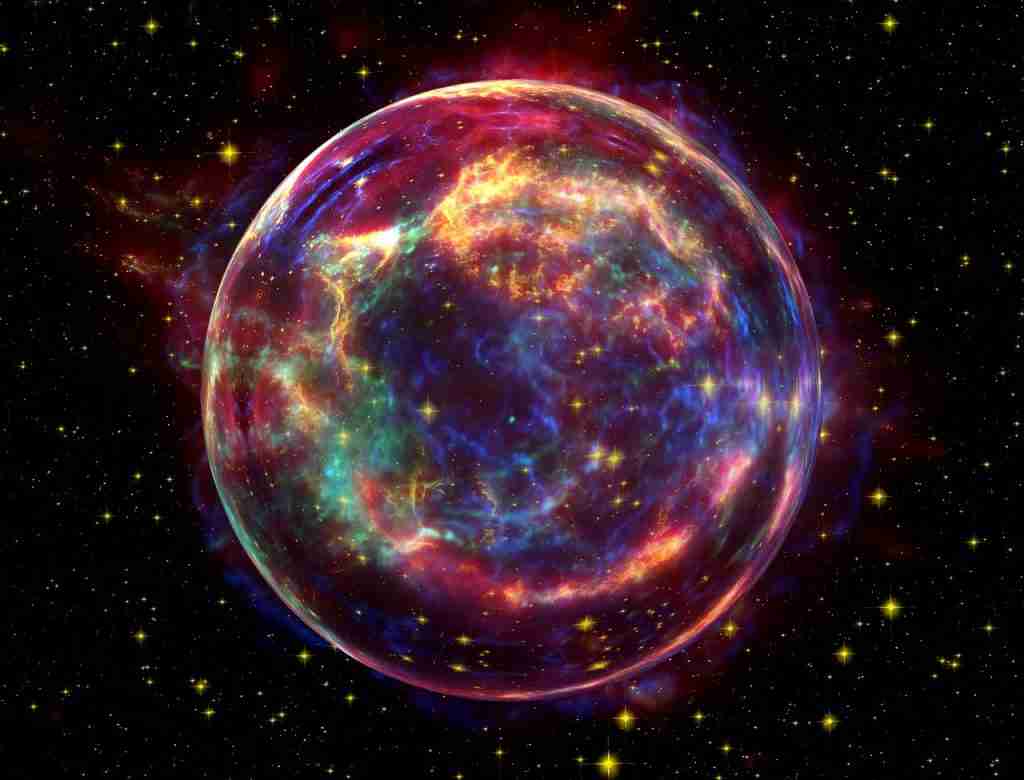
Supernova Explosions.
Far from its luminous brilliance of slowly but dramatically fading, this synchronously occurring interstellar outbreak sets off quite an explosion.
This event has also the capacity to spark something quite extraordinary—the creation of “cosmic rays”.
These high-energy particles released from supernovas are no ordinary cosmic sight, as their immense force propels them through space at speeds nearing the speed of light.
21. A Supernova Explosion can create a SuperBubble.
The explosion of a supernova also releases an enormous amount of energy, creating an immense area of hot gas known as a “SuperBubble,” which is continuously expanding outward.
The collision of powerful stellar winds drives this expansion, pushing matter outward up to and beyond the speed of sound. In its wake, the SuperBubble creates huge pockets of atmospheric collisions and visible shockwaves across space.
22. Some supernovae are so powerful that they can trigger the formation of new stars.
Supernovae are incredibly powerful events, so much so that the shock waves generated by their explosions can level the gas and dust in the area.
This creates immense regions of dense material that coalesce together through gravity and rotating motion, forming brand-new stars. This process has even been shown to host budding stars in large numbers in several of these supernova remnants.
23. The Explosion of a Supernova can create a hypernova.
A supernova, an immensely powerful stellar explosion, can disrupt quasars, black holes, and galaxies. Sometimes, a more intense “hypernova” occurs, outshining regular supernovae.
This is often due to magnetars, highly magnetic neutron stars whose turbulence amplifies the energy released. The result is a “super flare” that dramatically alters its cosmic surroundings.
24. Some supernovae are detected by their gravitational waves.
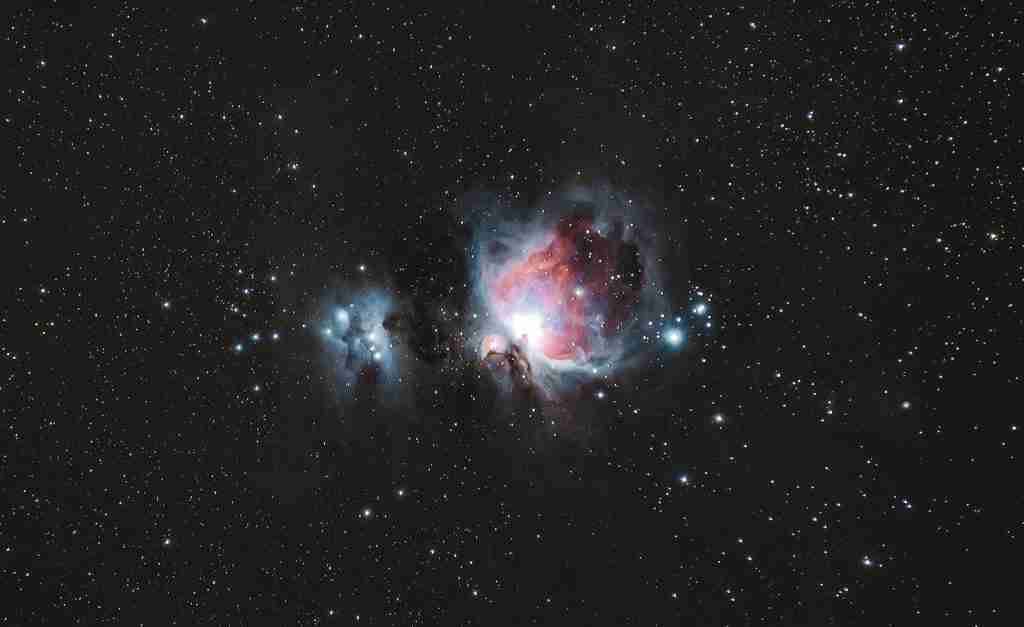
Supernovae are among the most powerful astronomical events in existence. Their immense energy can cause their gravitational waves to be detected at extraordinary distances, even when the event itself is invisible to telescopes.
The sheer electricity emanating from these explosions can reach vast swaths of the universe, informing astronomers about a supernova’s presence even if it remains elsewhere out of sight.
FAQs
A supernova, the explosive end of a star, comes in two types. Type I happens in binary systems, where a white dwarf star gains too much mass and collapses. Type II occurs when a massive star exhausts its nuclear fuel, causing core collapse and a huge explosion. Both types briefly outshine galaxies and are rare, a few per century in a galaxy.
A supernova is a powerful and extremely energetic stellar explosion that occurs at the end of a star’s life cycle. It is a cataclysmic event that releases an enormous amount of energy, outshining an entire galaxy for a short period of time. During a supernova, the star’s outer layers are ejected into space at high velocities, while the core may collapse inward or form a neutron star or black hole.
Based on current observations, it is estimated that Betelgeuse is about 10 million years old and has about 100,000 years left before it reaches the end of its life. When it does reach the end of its life, it is expected to go supernova and release a tremendous amount of energy in the form of a massive explosion.
From Earth, a supernova would appear as a very bright star that suddenly appears in the sky and then fades over the course of several weeks or months. The brightness of a supernova can vary significantly depending on its distance from Earth and the type of supernova. Some supernovae can be so bright that they are visible during the day, while others may be barely visible to the naked eye.
A supernova is a brilliant explosion marking a star’s end, sometimes visible as a new bright spot in the sky, fading over weeks or months. Its visibility varies by distance and type, with some visible in daylight and others barely seen. Supernovas emit radiation like x-rays and gamma rays, ionizing nearby gas and dust, creating a glow lasting years or centuries.
A star becomes a supernova when it reaches the end of its life cycle and can no longer produce energy through nuclear fusion, the process that powers stars. When this happens, the star’s core collapses, and a tremendous amount of energy is released, causing the star to explode in a supernova.
Yes, a supernova is generally considered to be the death throes of a massive star. When a massive star exhausts its nuclear fuel, the core can no longer sustain the fusion reactions that generate energy. As a result, the star undergoes a series of complex processes that lead to a supernova explosion. So, in a sense, a supernova can be considered the grand finale of a dying star.

